What is the difference between 201 stainless steel and 304 stainless steel?
 What is the difference between 201 st...
What is the difference between 201 st...Usually the temperature range of -10~-196℃ is called "low temperature" (counting from -40℃ in my country), and it is called "ultra low temperature" when it is lower than -196℃. Low temperature steel is mainly a special steel developed rapidly to meet the needs of energy, petrochemical and other industrial sectors. Low temperature steel is required to have sufficient strength, plasticity and toughness under low temperature working conditions, and at the same time, it should have good processing performance. It is mainly used for the manufacture of welded structures that work at low temperatures of -20~-253 °C, such as storage and transportation of various liquefied gases. container, etc.

Commonly used welding methods include electrode arc welding, automatic submerged arc welding, argon tungsten arc welding, and gas metal arc welding.
When welding low-alloy and low-temperature steels, in order to avoid the formation of coarse structures in the weld metal and the near seam area, try not to swing as much as possible. Narrow bead and multi-pass multi-layer welding are used. The welding current should not be too large, and fast multi-pass welding should be used to reduce The weld bead is overheated and the grains are refined by the reheating action of the multilayer weld. In multi-pass welding, to control the temperature between passes, a small heat input should be used for welding, which should be controlled below 20KJ/cm. If preheating is required, the preheating temperature and the temperature between passes in multi-pass welding should be strictly controlled.
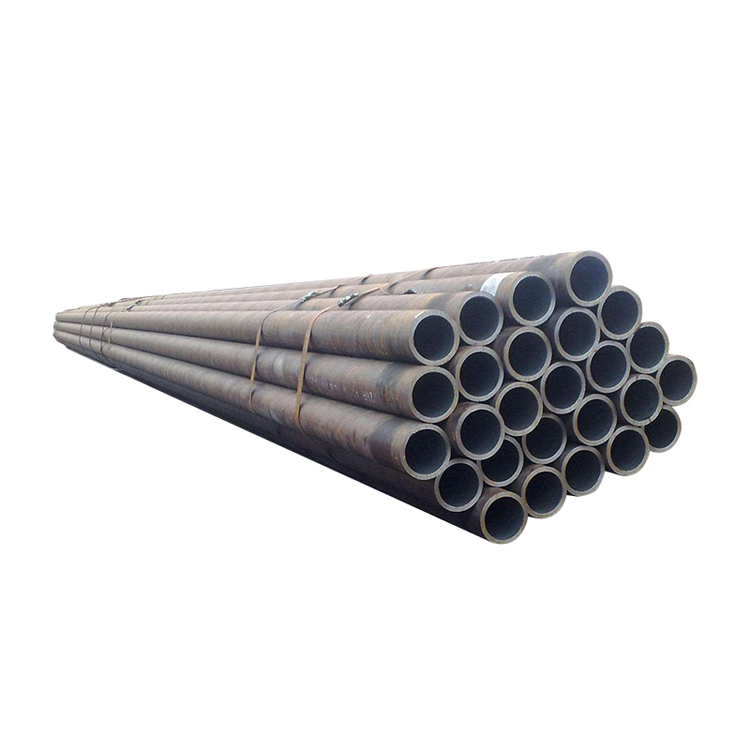
Welding line energy is also called welding heat input, which is the welding arc heat obtained per unit length of weld.
Formula E=U•I/v(Joules/cm) Wherein U: arc voltage (volts), I: welding current (amps), v: welding speed (cm/min).
The welding line energy is an important factor affecting the performance of the welding mechanical head. When the welding current and arc voltage increase, the welding line energy increases, and when the welding speed decreases, the welding line energy increases.
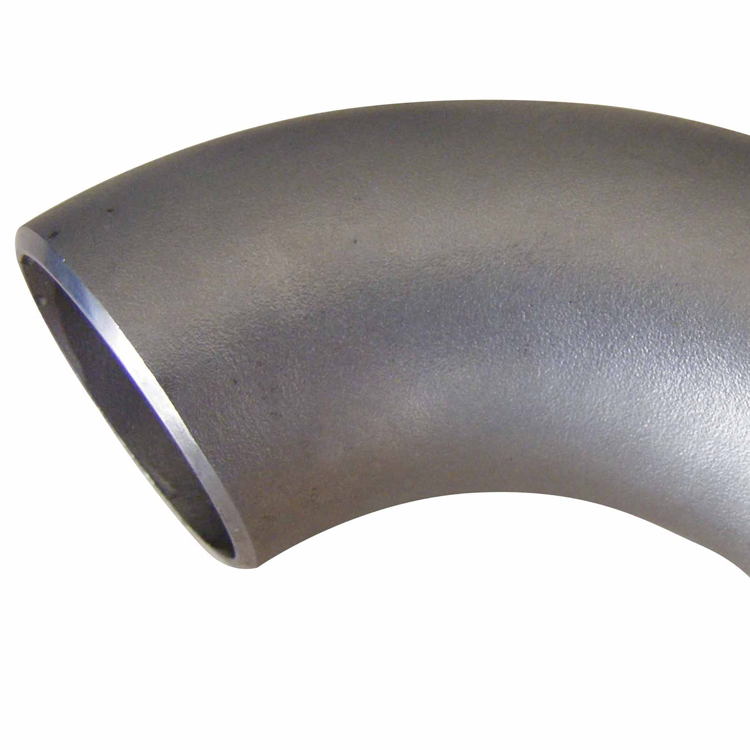
For low-temperature steel, excessive welding line energy leads to a more serious decrease in joint toughness, which makes the pressure vessel prone to instantaneous damage when operating at low temperature. Therefore, when welding, it is necessary to strictly control the welding current, arc voltage, and welding speed to ensure the performance indicators of the welded joint.
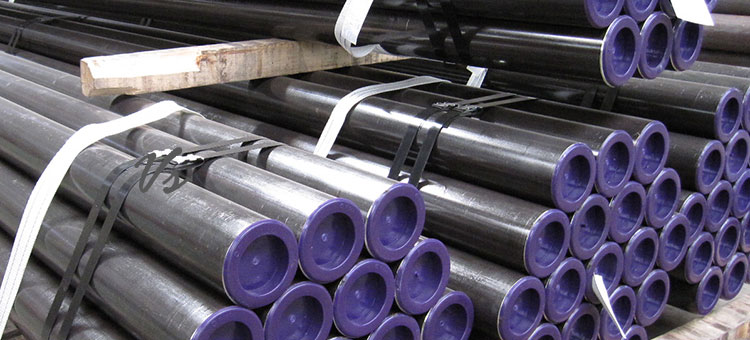
Low temperature steel has good weldability due to its low carbon content and low hardening tendency and cold cracking tendency. However, excessive welding line energy will cause the weld and the heat-affected zone to form a coarse-grained structure and greatly reduce the low-temperature toughness. The sudden change of the structure and the strong group in the manufacturing will cause high stress in the local part of the structure, thereby increasing the Brittle failure of equipment at low temperature. To this end, the following points should be done during the welding process:
(1) Use small welding line energy to minimize overheating and prevent coarse tissue from appearing on welded joints. Electrode arc welding is usually 12-15KJ/cm, and submerged arc welding is usually 20KJ/cm. For this reason, electrode arc welding does not use φ5 electrode as much as possible, and φ3.2 welding wire is mostly used for submerged arc automatic welding.
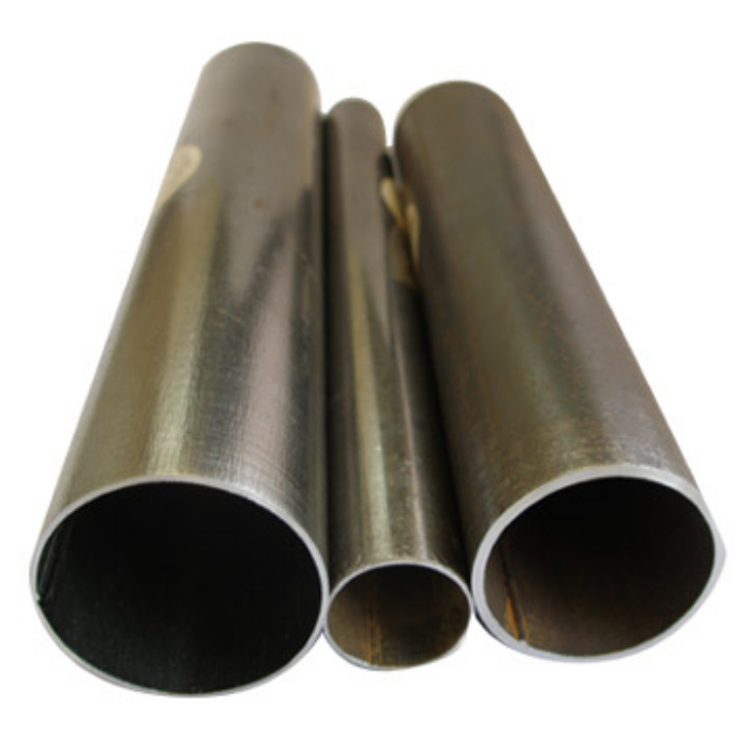
(2) Using straight weld bead, multi-pass rapid pressure welding. The purpose is to reduce overheating and the subsequent weld pass has a tempering effect on the previous pass to refine the grains.
(3) Avoid strong pairings, so that the local structure does not produce stress concentration.
(4) Reduce the interlayer temperature between the welds as much as possible, avoid the welds being in a high temperature state for a long time, and try to achieve discontinuous welding.
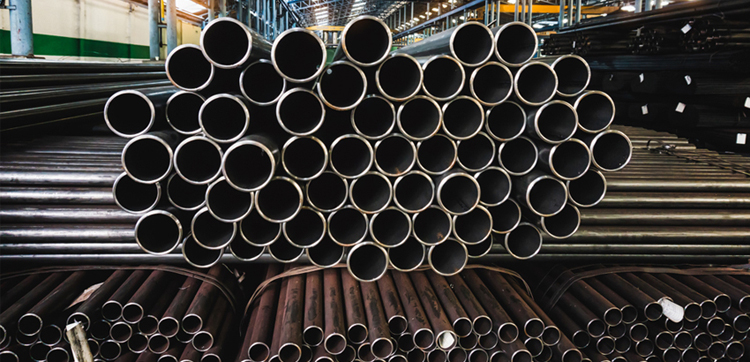
(5)Ultra-low hydrogen electrode and flux are usually used, so the drying process should be carried out strictly according to the drying system before welding. If the electrode has not been used up for more than 4 hours, it should be returned to the secondary warehouse for re-drying before use. In addition, for low-temperature steel electrodes, the diffusion hydrogen re-examination of the deposited metal should be carried out according to the relevant standards before use. Usually, the mercury method is used, and it is carried out according to GB/T3965-2012. The compliance indicators meet the design requirements.
(6) For construction in winter and structures with large thickness, it should be properly preheated, at least to a temperature above 15°C. For large and thick plate welding, the preheating temperature is generally 50 °C, and the temperature between the tracks is controlled between 50 and 150 °C.
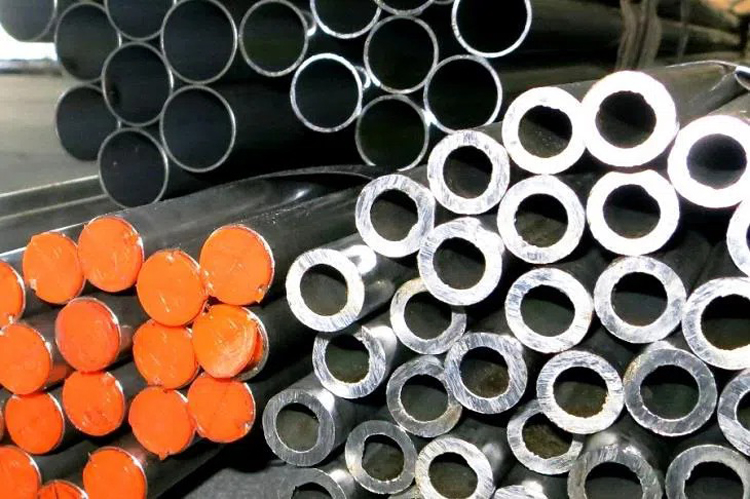
(7) The arc striking must be carried out with the arc striking plate or in the groove, and the arc striking shall not be carried out in the non-welding part.
(8) The stress relief heat treatment of low-temperature steel after welding can reduce the risk of brittle fracture of welded products of low-alloy steel.
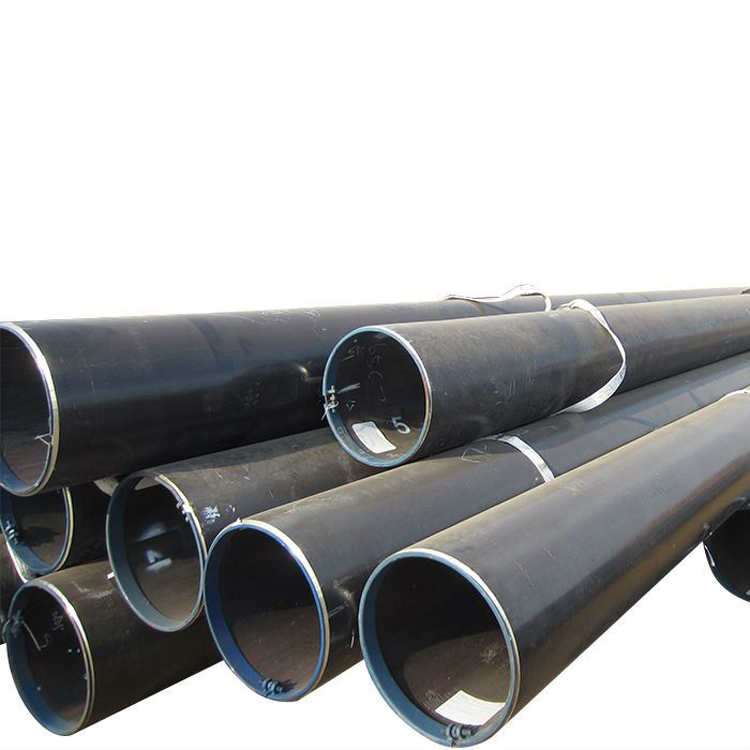
16MnDR:
J507GR, J507RH, - E5015-G or E5016-G H10Mn2 SJ101 - F5P4-H10Mn2 09MnNiDR:
W707Ni,W807Ni——E5515-N5 E7015-C1L,E7016-C1L F7P7-ENi2-Ni2
H07MnNDR SJ603W——F5P7-H07MnNiDR 08Ni3DR: For the temperature lower than -100℃, generally choose imported welding consumables E7015-C2L, E7016-C2L F7P15-ENi3-Ni3
SA-203 Gr.D is ASME material, requires -101℃ impact E7016-C2L F7P15-ENi3-Ni3.
 What is the difference between 201 st...
What is the difference between 201 st... Why is 316 stainless steel better tha...
Why is 316 stainless steel better tha... 400 series stainless steel science
40...
400 series stainless steel science
40... How to distinguish the processing tec...
How to distinguish the processing tec... Non-standard design materials of bras...
Non-standard design materials of bras... What type of titanium alloy does Tc4 ...
What type of titanium alloy does Tc4 ...